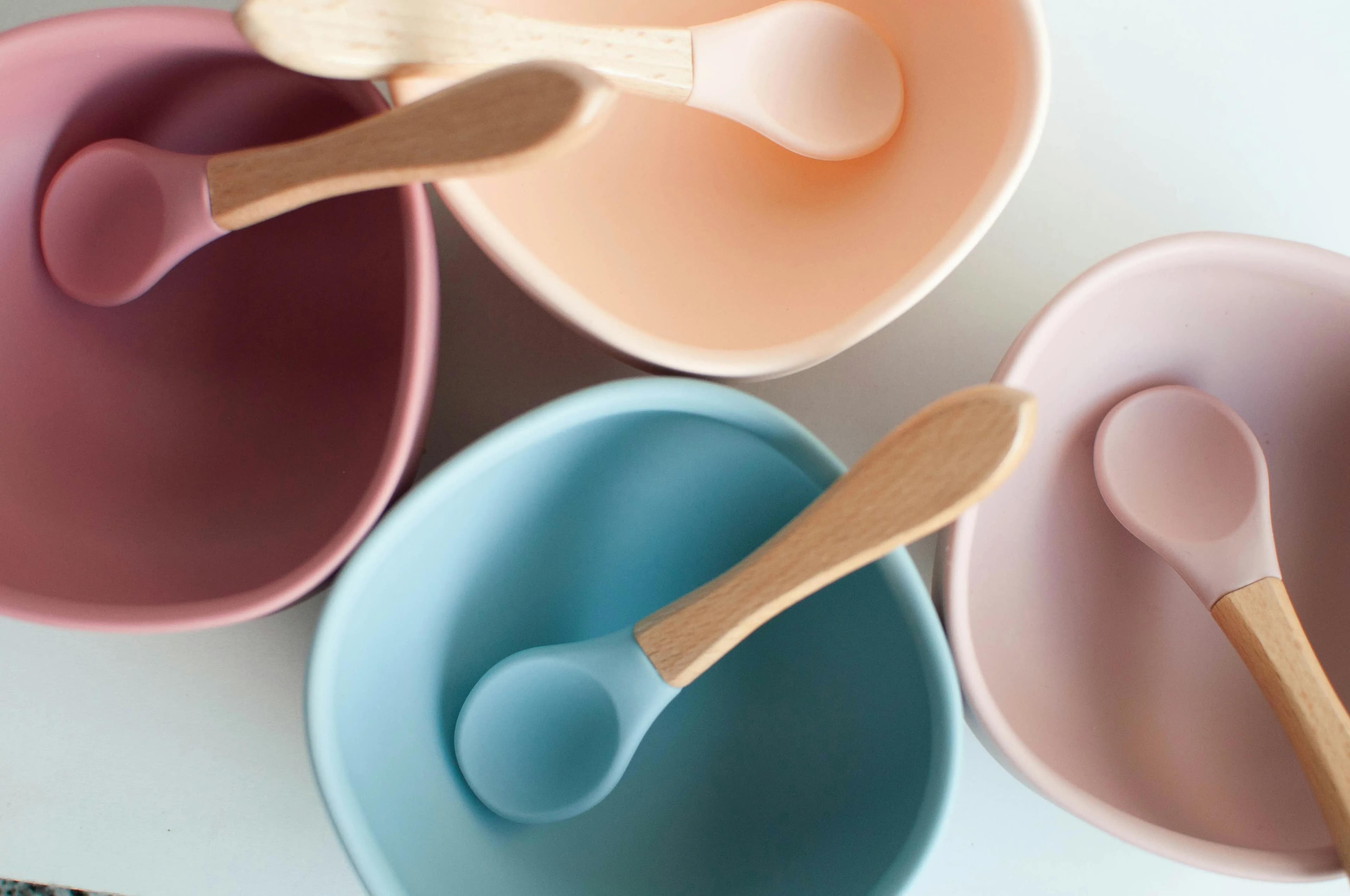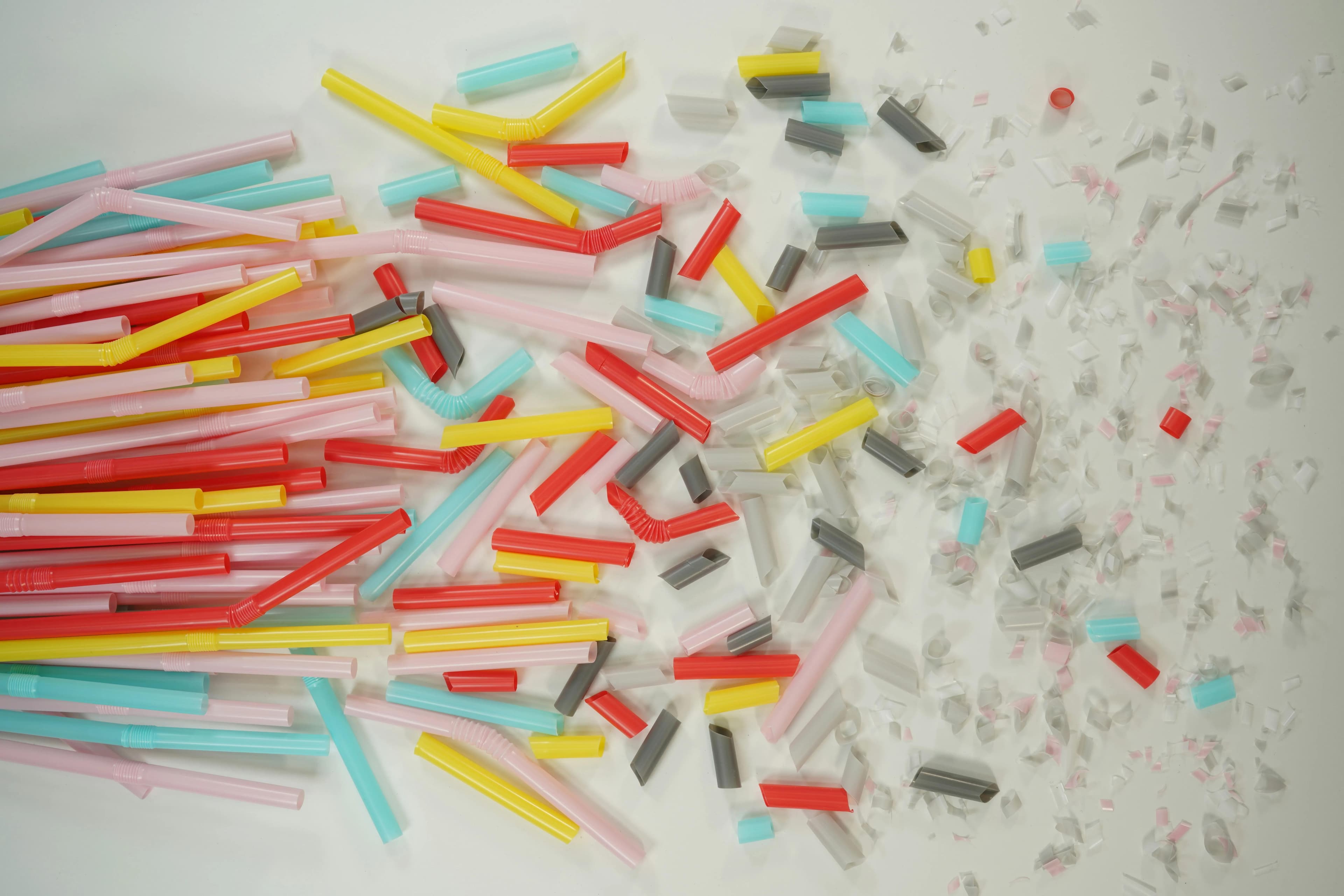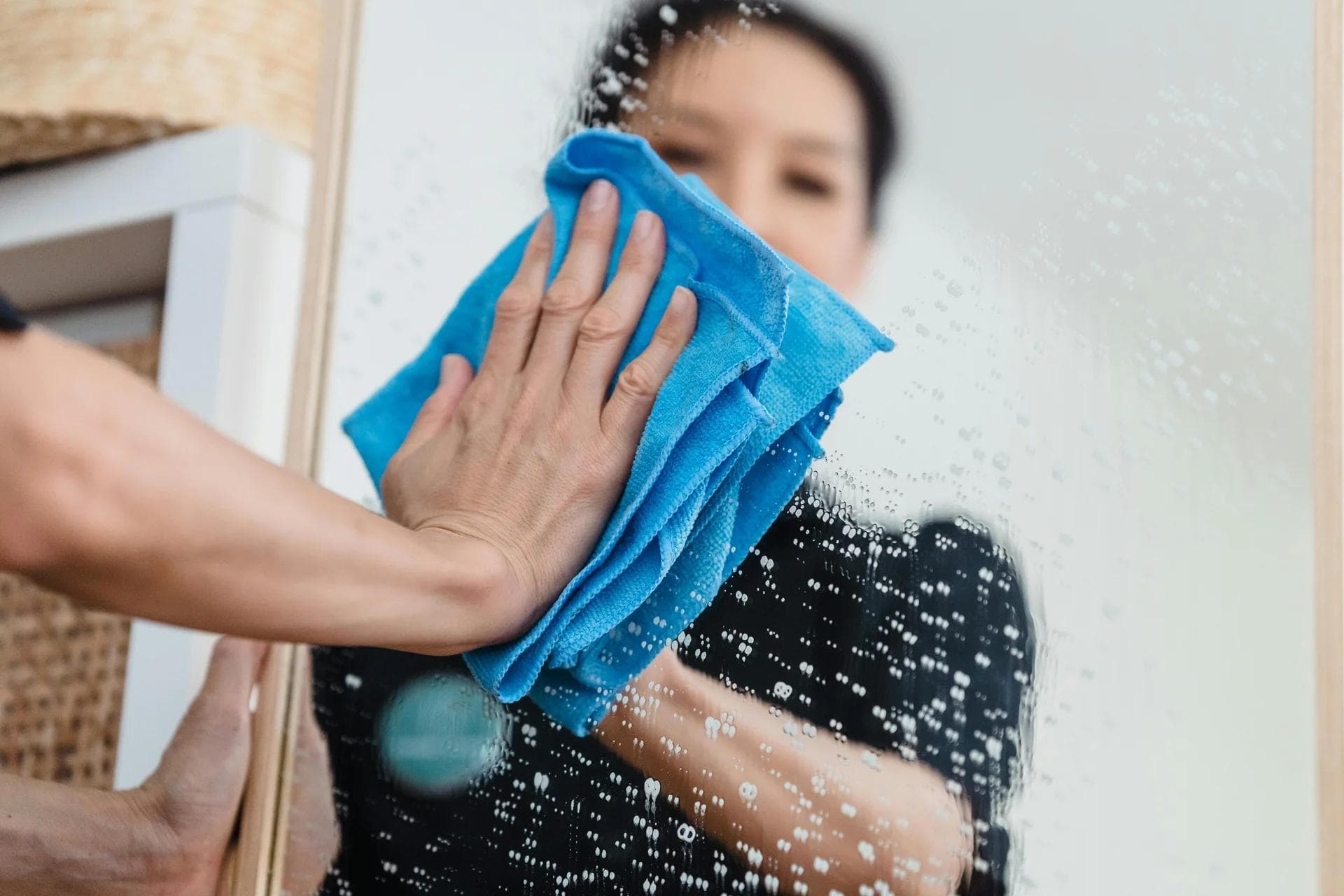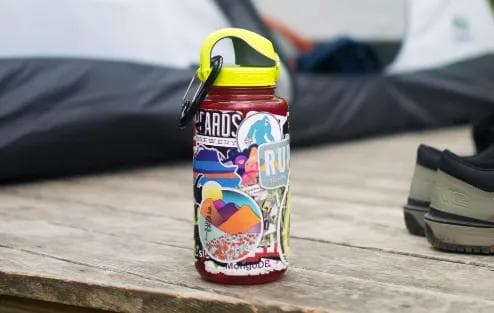What is Tritan?
Tritan is a copolymer that has been manufactured widely since 2007 as a replacement for plastics containing BPA, specifically for durable transparent water bottles.
Related Article
This material is best known for their adoption by Nalgene for the production of their water bottles to move away from their BPA construction.
Controversy on the safety of Tritan in water bottles.
In 2011, a neurobiologist published an article claiming that most polymers, including Tritan, contained materials with estrogenic activity, meaning that these plastic compounds were responsible for negative effects that disrupted natural production of hormones, leading to infertility and development issues.
Soon after, The Eastman Chemical company sued this neurobiologist, claiming that his study was unfairly conducted and used methods to detect levels of endocrine disruption that were far below the results that The Eastman Chemical company’s self reported studies produced.
This study was not alone - another study done by a dedicated endocrine disruptor specialist tested Tritan bottles, finding similar results with detectable oestrogenic activity in each test. Even though this was shown in court, the jury still ruled in Eastman’s favor, and the judge barred the neurobiologist and the testing companies PlastiPure and CertiChem from making claims about Tritan’s oestrogenic activity.
So, is Tritan plastic safe for use in water bottles?
Since the court battle between The Eastman Chemical company and independent researchers in 2011, research on Tritan’s endocrine disrupting properties has been critically minimal, perhaps out of the fear of potential suits.
However, we would argue no, Tritan is not safe as a material for plastic water bottles with the intention to drink from them. Like many other plastic polymers, when combined with the general lack of education on the effects of endocrine disrupting materials, Tritan could (and probably is) shedding microplastic material with these negative side effects.
Related Article
What can I replace my plastic water bottles with?
We have collected a list of recommended water bottles ranging from mostly to completely plastic free construction, made from stainless steel, glass, copper, or titanium.
Related Article
How can I further reduce my microplastic consumption?
Refer to our complete guide on reducing microplastic exposure by filtering your water and air, replacing plastic cookware and clothing, and more.
Related Article
Related

CLEANR: Filtering microplastics from your washing machine
Find out how you can reduce your microplastic footprint with CLEANR's new washing machine filters.

Is silicone plastic, and is it safe?
Is silicone safe, or is silicone toxic? Specifically, is silicone food safe, such as for silicone utensils, baby bottles, and more? See what you can replace silicone products with.

What are microplastics and their health effects on humans
What are microplastics, and are there microplastics in food and water? Learn about the health effects of microplastics here.

Microfibers: bad for the environment, and worse for you
The soft and popular fabric, microfiber, is made from plastic is a top contributor to microplastic contamination and imposes negative health effects on humans.
